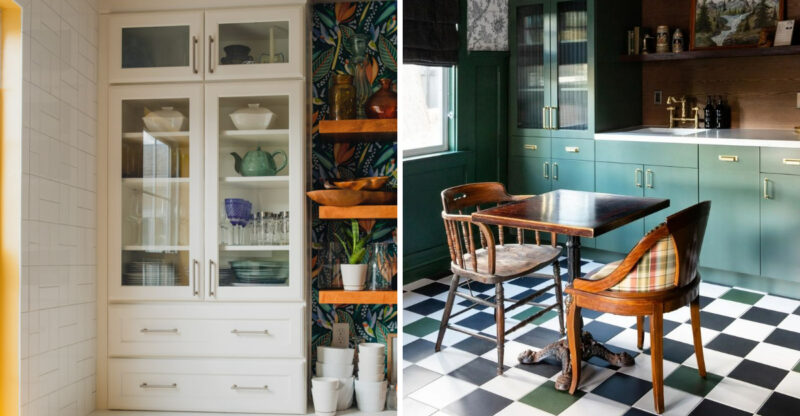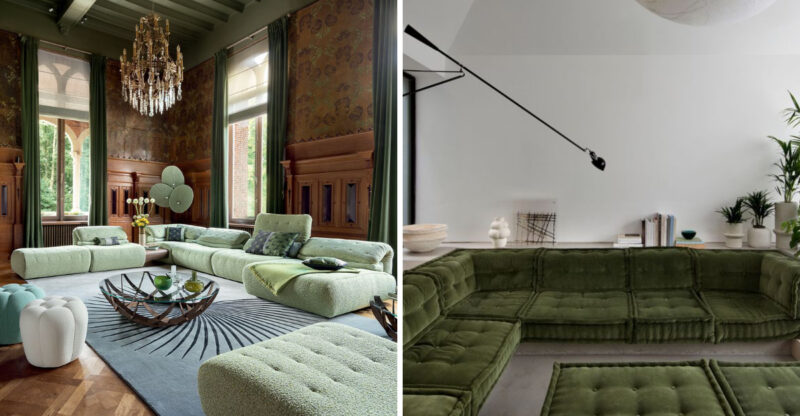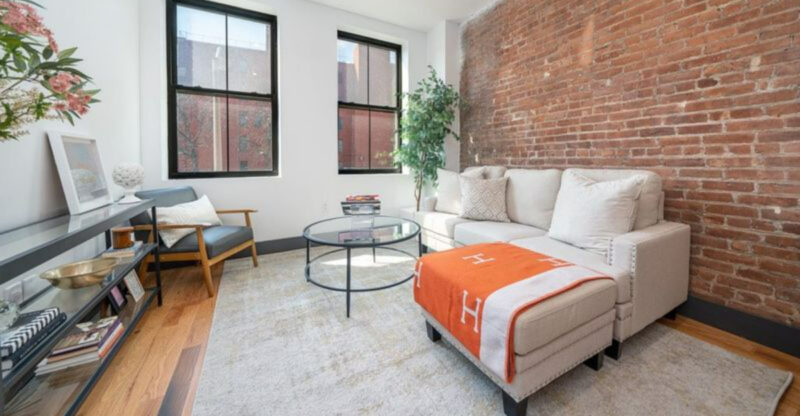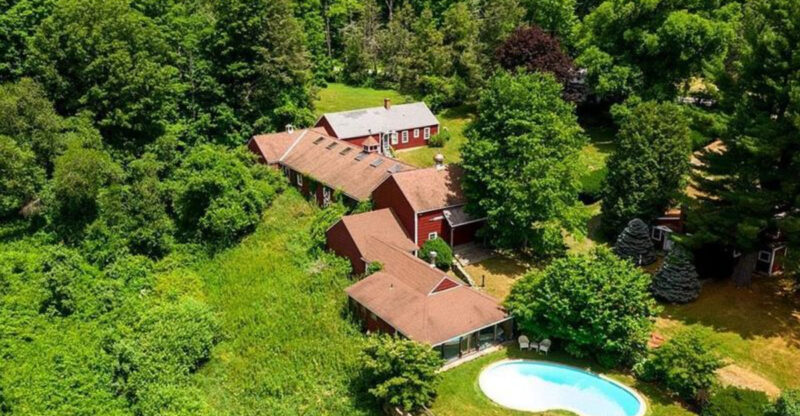Explore Burlington’s Ethan Allen Homestead For Colonial-Era New England Life
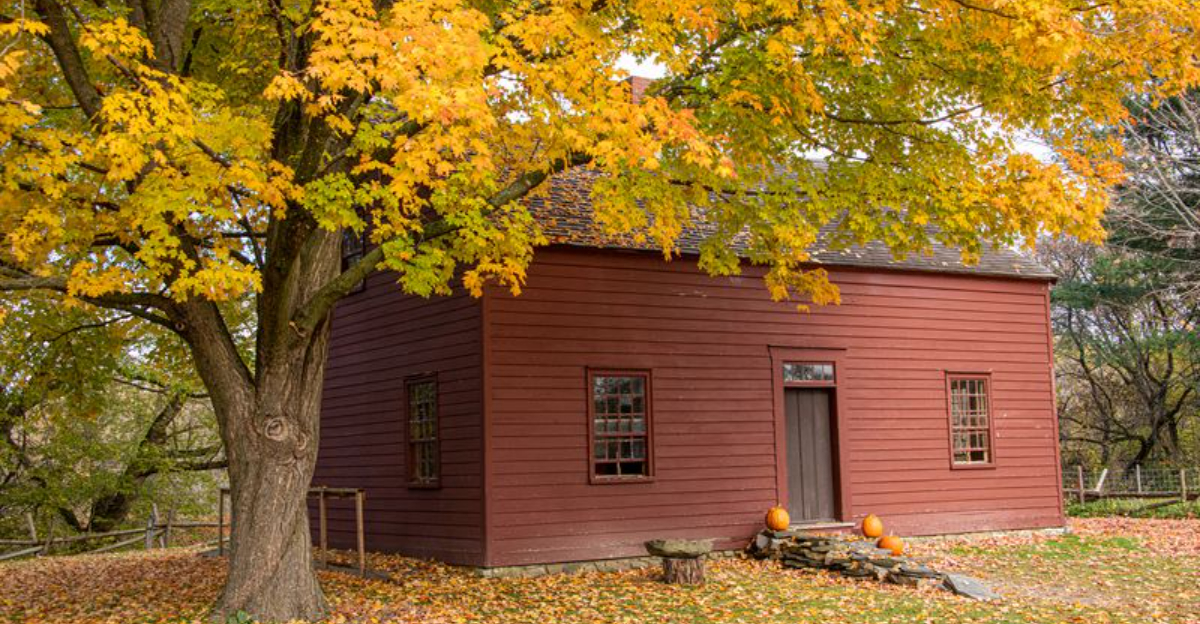
Tucked along the banks of the Winooski River in Burlington, Vermont, the Ethan Allen Homestead invites a quiet step into the rhythms of 18th-century New England life. This was the final home of Ethan Allen, the Revolutionary War figure whose name still echoes across Vermont’s rugged hills.
Inside, wide floorboards creak underfoot, fireplaces anchor each room, and worn wooden furnishings speak to lives built on grit and practicality.
The landscape and architecture reflect a world shaped by necessity, where every object served a purpose and every season brought new demands. History isn’t behind glass here – it lingers in the drafty corners and hand-planed walls.
1. Overview Of The Ethan Allen Homestead
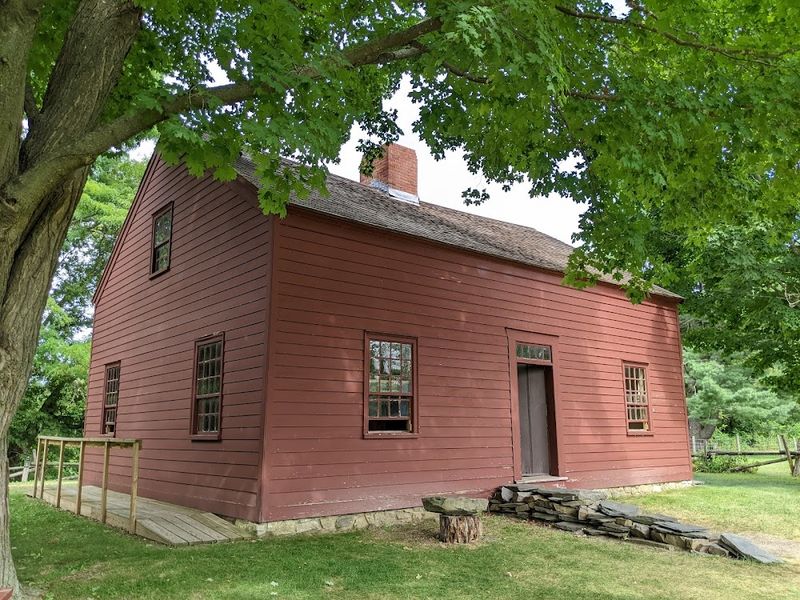
Built in 1787, this modest farmhouse served as the final home of the famous military leader who helped capture Fort Ticonderoga. Despite his larger-than-life reputation, Allen lived simply here until his death in 1789.
Visitors often express surprise at the relatively basic accommodations for such a prominent historical figure. The homestead reflects the practical, no-nonsense character of early Vermont settlers.
2. Colonial Architecture And Building Materials
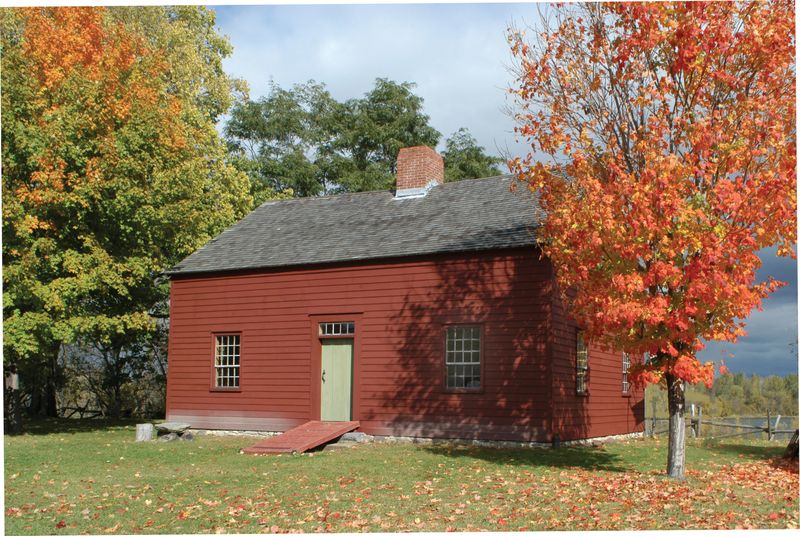
Hand-hewn beams and traditional joinery showcase the craftsmanship of 18th-century builders throughout the structure. No power tools or modern shortcuts were available when constructing this historical treasure.
The post-and-beam construction method utilized mortise and tenon joints secured with wooden pegs. Local materials dominate the building, demonstrating how early settlers worked with what the land provided.
3. Interior Design Influences From The 18th Century
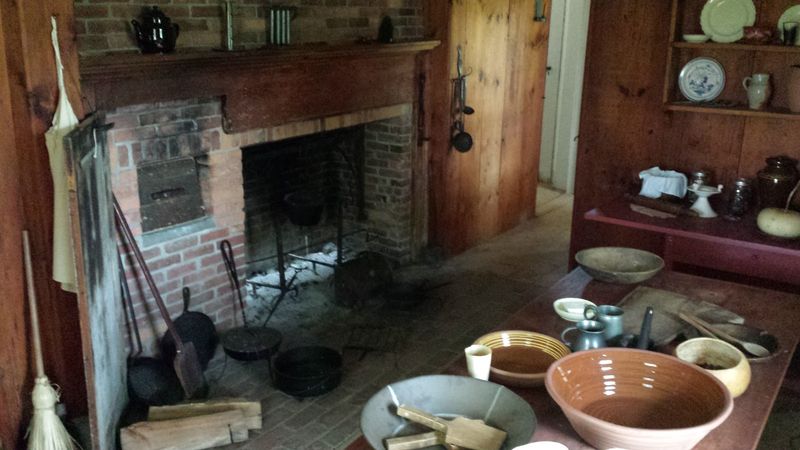
Colonial homes prioritized functionality over aesthetics, evident in the carefully arranged living spaces. Multiple purposes were served by each room, with furniture positioned to maximize heating efficiency from fireplaces.
The central keeping room functioned as kitchen, dining area, and social space. Upstairs chambers offered minimal privacy compared to modern standards, reflecting different family dynamics of the era.
4. Period Furniture And Functional Decor
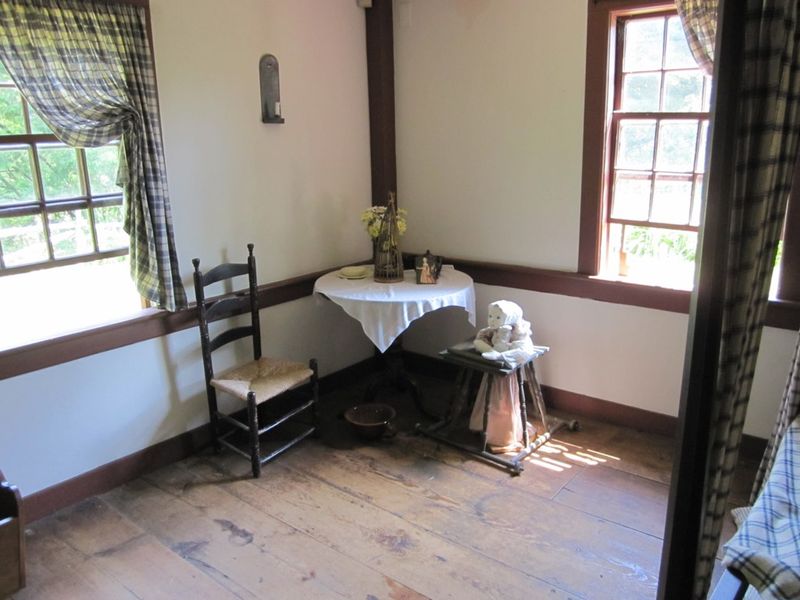
Sturdy Windsor chairs, gate-leg tables, and rope beds populate the rooms, each piece telling stories of daily colonial life. Craftsmen created these functional items without modern tools, using techniques passed down through generations.
Notice the wear patterns on furniture that reveal common household activities. The limited decorative elements showcase the practical priorities of frontier families who valued durability over ornate design.
5. Color Palettes And Textiles Of The Colonial Era
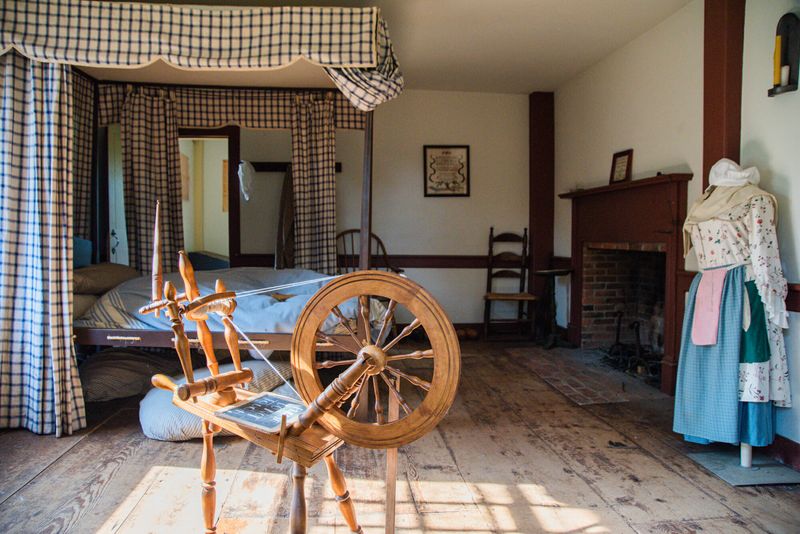
Muted blues, rusty reds, and earthy yellows dominate the homestead’s textiles, all created using plant-based dyes available to colonial households. Indigo, madder root, and goldenrod yielded colorfast results that have stood the test of time.
Homespun linens and wool textiles demonstrate the self-sufficient nature of colonial living. The labor-intensive dyeing process meant colored fabrics were valued possessions, often reserved for special items.
6. The Hearth As The Heart Of The Home
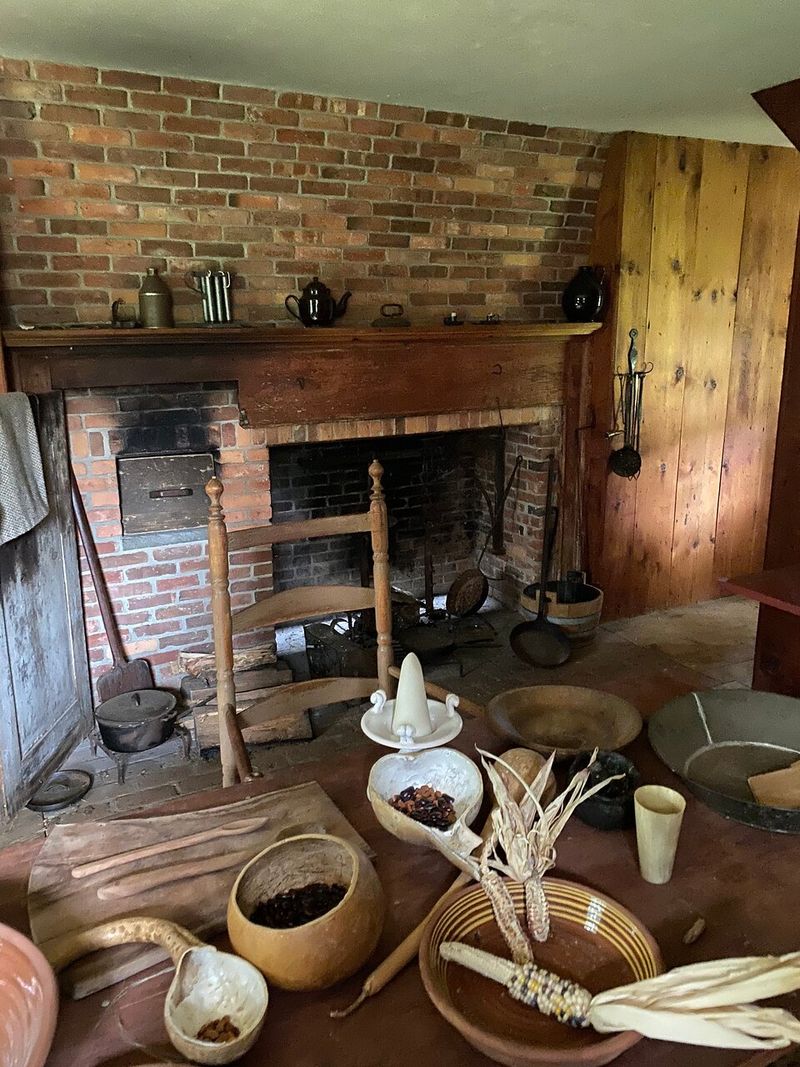
Dominating the keeping room stands the massive cooking fireplace with its array of cast iron pots, kettles, and specialized tools. Cooking was an all-day affair requiring constant attention and considerable skill.
Food preparation techniques included roasting meats on spits, baking in the beehive oven, and simmering pottages in hanging kettles. The fireplace served as heat source, cooking station, and social gathering point year-round.
7. Garden And Landscape Inspiration

Surrounding the main house, heritage gardens showcase the vegetables, herbs, and medicinal plants that sustained colonial families. Garden beds contain heirloom varieties that would have been familiar to the Allen household.
Kitchen gardens weren’t just for food – they provided essential medicines, dye materials, and household products. The careful arrangement demonstrates how colonial gardeners maximized limited space and short growing seasons.
8. Bringing Colonial Style Into Modern Homes
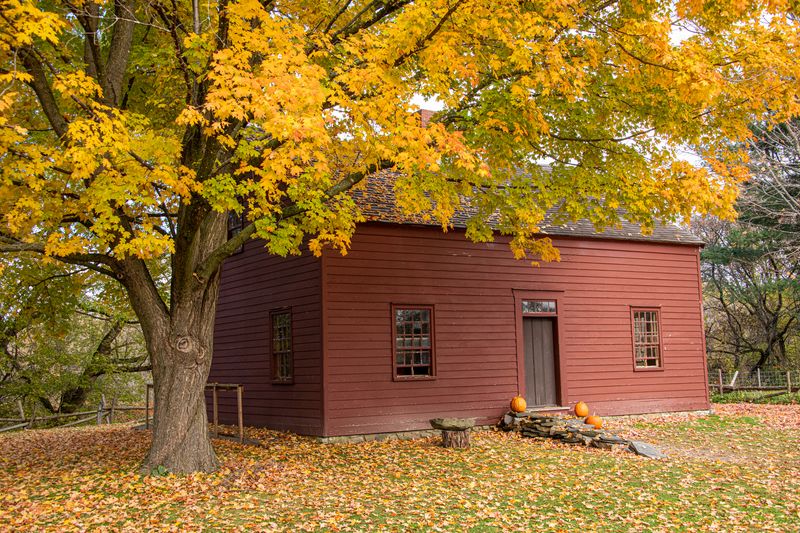
Visitors can experience hands-on history through seasonal workshops teaching forgotten colonial crafts. Candle dipping, open-hearth cooking, and textile production demonstrate the remarkable self-sufficiency of early American households.
Expert interpreters guide participants through authentic processes using period-correct tools and techniques. These immersive experiences connect modern visitors with the practical knowledge and everyday skills that sustained colonial New England families.


